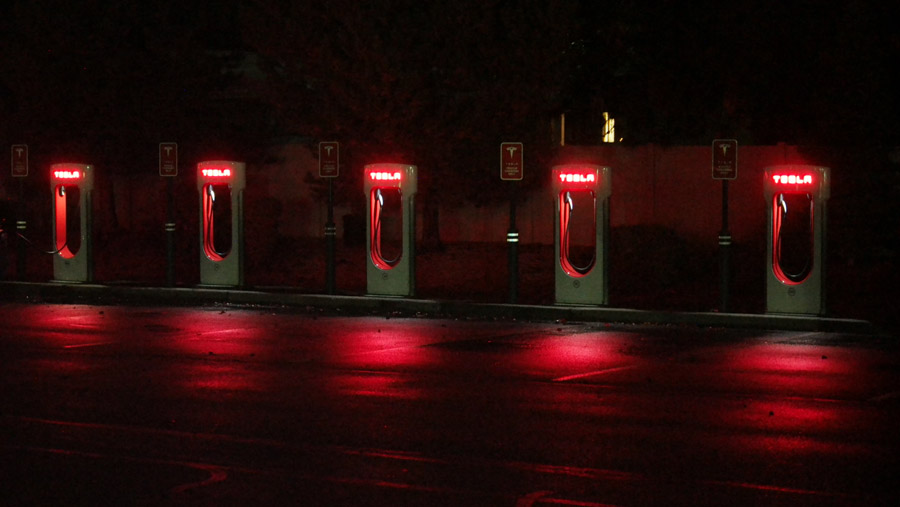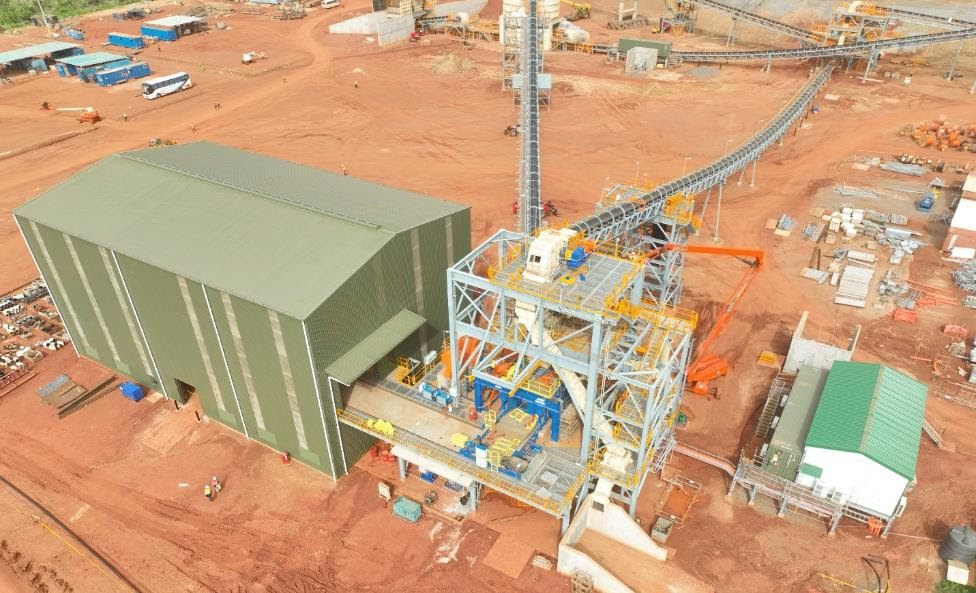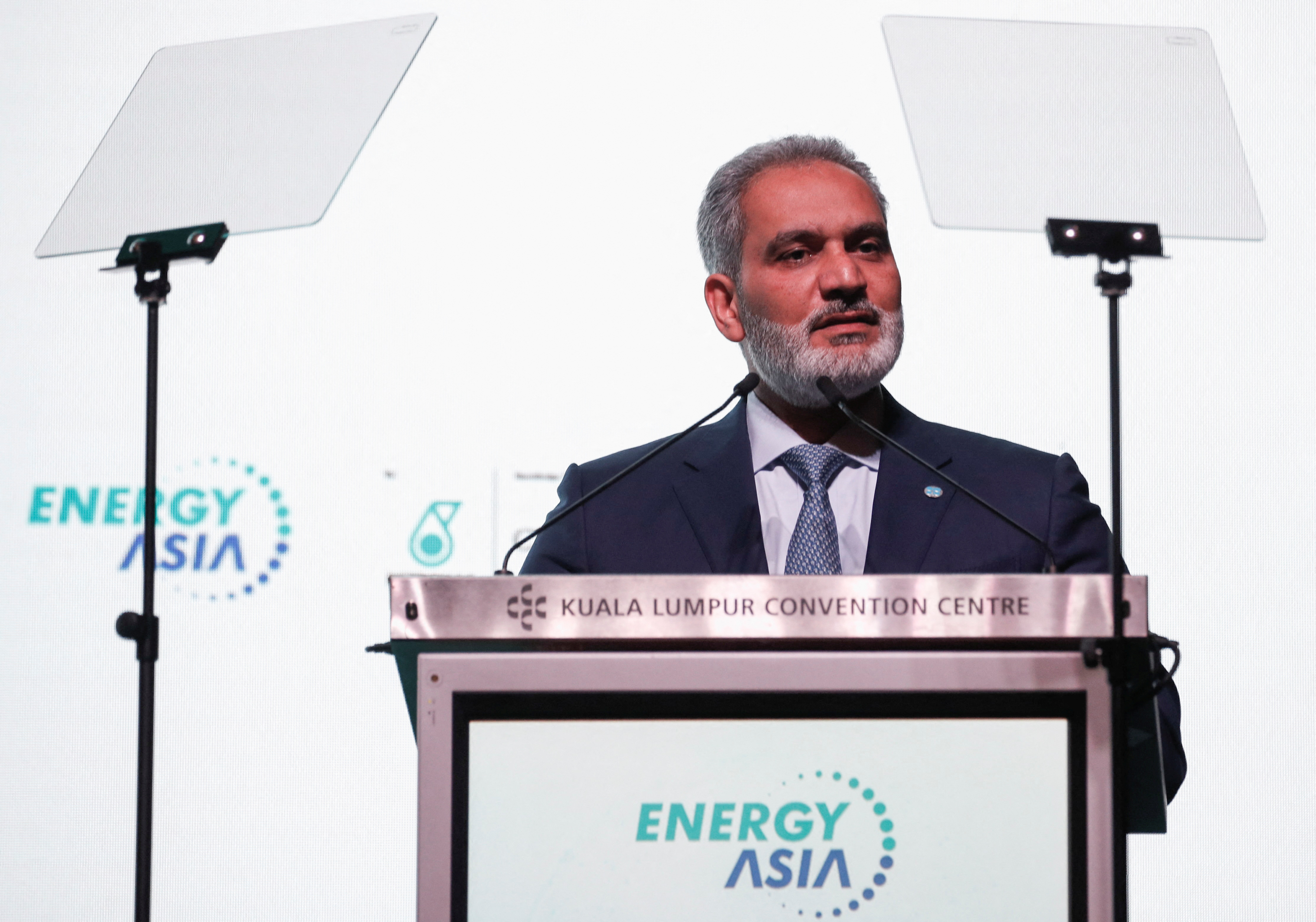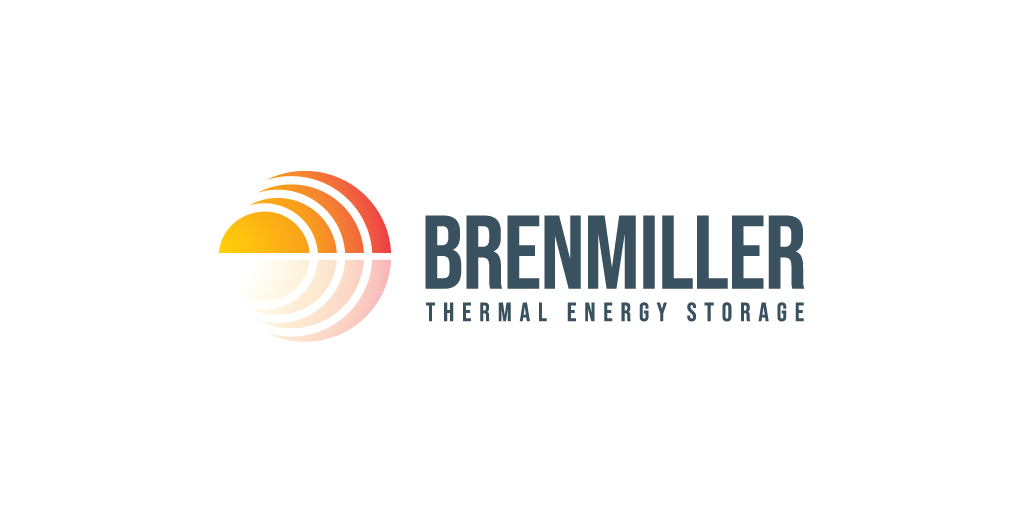One question we hear from many new readers on CleanTechnica is about EV (electric vehicle) charging. “Can non-Tesla EV owners charge their cars at Tesla charging stations or do they need to stay within their own manufacturers’ charging networks?” The answer is a bit of a moving target, but here’s where things currently stand in early 2024.
There are two types of public chargers: “slow chargers,” which are either Level 1 (120V) or Level 2 (240V) AC; and “fast chargers,” which are DC chargers that normally operate at 400V to 800V.
The “slow” Level 1 and Level 2 chargers are typically what people use to charge their EVs at home, and what you might find at a museum, hotel, restaurant, or shopping center. These types of chargers require several hours to provide a full charge, but they can get you a few dozen miles of range back while you shop or see a movie or visit a museum. You can also plug into one of these at many hotels and wake up with a full charge.
Level 1 and Level 2 chargers normally have a standard plug called “J1772.” J1772 plugs can be used by the majority of EVs on the road today, but some cars require a simple adapter (Tesla currently provides a J1772 adapter with each car the company sells). Some Level 2 chargers are called “Tesla Destination Chargers.” These have a “NACS” (North American Charging Standard) plug, which used to be proprietary to Tesla but has been adopted now (or soon will be) by nearly all of the major EV carmakers. These can be plugged into any Tesla car without an adapter.
What Makes a Charger Super?
“DC fast chargers” or “Superchargers” charge an EV much faster than Level 1 or Level 2 chargers, restoring up to 80% of an EV’s charge and range in as quickly as 15 to 25 minutes. These DC fast chargers are what EV drivers use when on road trips or if they don’t have access to an electrical outlet where they park (at home or at work). There are three fast-charging formats in North America: CHAdeMO, CCS, and NACS (Tesla). Of these, Tesla has the largest, most reliable charging network and the highest number of charging stations and stalls (by far).
Third-party charging networks like Electrify America typically use CCS (Combined Charging System) and CHAdeMO. CCS is the charging format used by most non-Tesla EVs in North America. CHAdeMO, first introduced in Japan, was once the high-speed charging standard for early EV makers like Nissan. Today, CHAdeMO is not as widely used in North America. Tesla owners can purchase adapters to charge their cars both at CCS and CHAdeMO charging stations, but there is little reason to do so, as there are so many more Tesla chargers than any other type in most areas.
Non-Tesla charging stations suffer not only from the complexity of multiple charging standards, but also from complaints of poor reliability. Also, there is no single unified charging network or app which works across all of the 3rd-party charging networks. If you drive a Tesla, Supercharging locations are built right into the navigation and you pay for charging right through the Tesla app. If you are driving a non-Tesla EV, you may need to install multiple 3rd-party EV charging apps and you will likely need to rely on one or more third-party apps just to find the locations of these chargers while traveling.
In North America, historically, only Tesla cars could use Tesla charging stations. But, in 2023, many automakers — including Ford, GM, Nissan, Toyota, and Volkswagen — announced that they would be switching their cars over to use Tesla/NACS plugs. The last major holdout, Stellantis (makers of Chrysler, Jeep, Ram, and Dodge vehicles), announced earlier this month that it will also switch to NACS ports on its future EVs. In 2024, several of these companies are providing their customers with adapters that allow them to charge their cars at some (but not all) Tesla Superchargers (V3 and newer). Most of these automakers have also pledged that all of their EVs will come with the Tesla/NACS plug built in as of 2025.

As of today (February 2024), all Tesla Superchargers can be used by all Teslas. Some Tesla Superchargers (V3 and newer) can be used by some non-Tesla EVs with an adapter. In 2025, a large majority of EVs sold in North America will come with a Tesla/NACS charging port built in, and it’s likely that these EVs will have access to the entire Tesla Supercharger network as well as existing third-party high-speed chargers.
In many cases, enabling non-Tesla vehicles to use Tesla chargers requires more than just plugging in an adapter and flipping a switch. In some cases (like Rivian’s), the charge port on a non-Tesla vehicle is in a position that makes it difficult to reach from an older Tesla Supercharger. In addition to the potential for faster charging, Tesla’s newest V4 chargers include longer charge cables that can accommodate more types of EVs. Also, prior to V3 (Version 3), Tesla Superchargers used a proprietary signaling protocol to communicate between car and charger. As of V3, Tesla chargers also “speak CCS,” so they can communicate with a non-Tesla vehicle with a compatible adapter.
More EVs Means More Chargers
In other parts of the world (like Europe), Tesla was required to build its cars with a plug that was already standardized in those locations, so there are fewer car/charger compatibility issues. And with the adoption of Tesla’s NACS standard by practically all EV makers in North America, the current charging compatibility issues in the US, Canada, and Mexico will soon be but a distant memory.
At-Home Charging Still Rules
It’s important to note that we will never need to have as many Superchargers as we have gas stations. The vast majority of EV owners charge at home, in their garage or driveway, or even in an apartment or condo parking lot. These EV owners only need public fast-charging stations for long-distance travel (over 200 miles). So, we will start to see more and more fast charging stations in places like rest stops and shopping centers close to major highways. City EV owners will be served by a combination of high-speed urban Superchargers and Level 2 chargers in parking lots, in public and private garages, and on the streets where apartment and condo dwellers typically park their cars. Regulations in cities such as New York require that new parking lots have the infrastructure in place to support EVs. Legislation is also pending in many areas (including New York) to require new residential buildings which provide off-street parking to support EV charging infrastructure as well.
The Bottom Line
The current state of high-speed EV charging for non-Tesla vehicles in North America is complicated. With three different charging standards, network reliability issues, and proliferation of multiple charging apps, it can be a challenge to own and charge an EV not made by Tesla. But with all of the major carmakers and EV charging networks pledging support for Tesla’s NACS standard moving forward, the future for EV adoption looks much brighter.
Have a tip for CleanTechnica? Want to advertise? Want to suggest a guest for our CleanTech Talk podcast? Contact us here.
Latest CleanTechnica TV Video
I don’t like paywalls. You don’t like paywalls. Who likes paywalls? Here at CleanTechnica, we implemented a limited paywall for a while, but it always felt wrong — and it was always tough to decide what we should put behind there. In theory, your most exclusive and best content goes behind a paywall. But then fewer people read it!! So, we’ve decided to completely nix paywalls here at CleanTechnica. But…
Thank you!
CleanTechnica uses affiliate links. See our policy here.



